Chronic Venous Insufficiency Treatment in Turkey
Healthy Türkiye helps you find the best chronic venous insufficiency treatment in Turkey at affordable prices and adopts a 360-degree service approach in all areas of health through affiliated hospitals.
- Homepage
- Medical Treatment
- Chronic Venous Insufficiency Treatment in Turkey
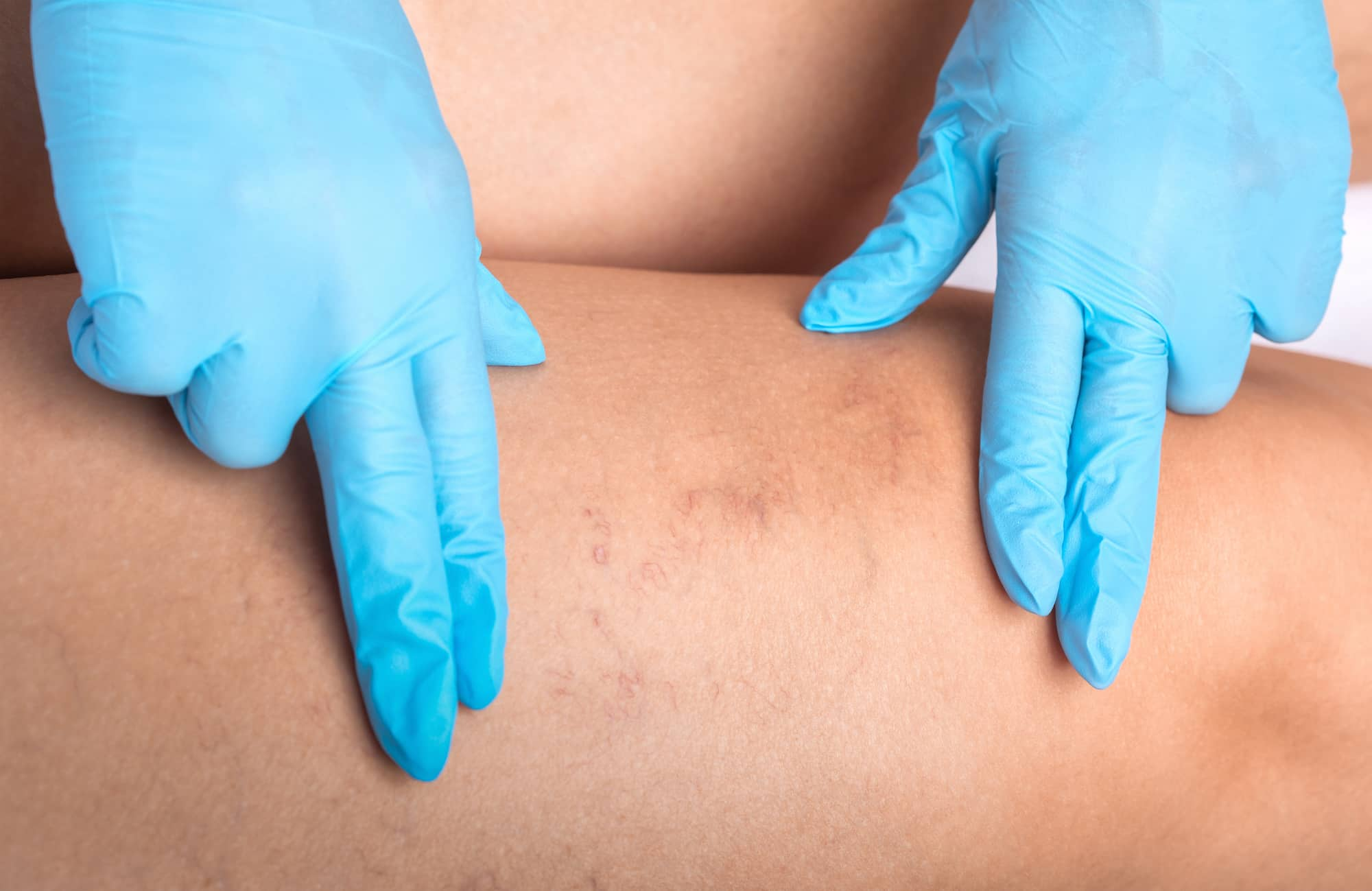
About Chronic Venous Insufficiency Treatment in Turkey
Chronic venous insufficiency treatment in Turkey involves a disease treatment affecting the veins in the lower extremities (legs) with venous hypertension. This disease leads to pain, swelling, edema, skin changes, and ulcerations in the legs. It generally occurs in men between the ages of 70 to 79 and in women between the ages of 40 to 49.
Chronic venous insufficiency is also called “venous reflux” and venous reflux occurs when venous valves don’t function adequately, leading to the reversal of blood flow through the valves during standing or sitting. Venous reflux most commonly develops when vein valves weaken due to genetic influences or multiple pregnancies, among other factors.
When the valves in the veins of the lower body do not properly channel blood flow back to the heart because of blockage or venous valve malfunction, blood flow slows, pressure increases, and swelling develops in the legs and feet. Venous insufficiency is often self-perpetuating, as the pooling of blood in veins distends them, which pulls apart the valve leaflets of the next, lower valve and causes reflux farther down the leg. As blood pools in the lower extremities, veins further swell, leading to pain, pigmentation of the skin, and clots in the varicose veins (phlebitis).
Healthy Türkiye offers the most advanced procedures and techniques for diagnosing and treating chronic venous insufficiency. For Learn more about the condition and how we can help you reduce the symptoms and discomfort caused by the condition contact us.
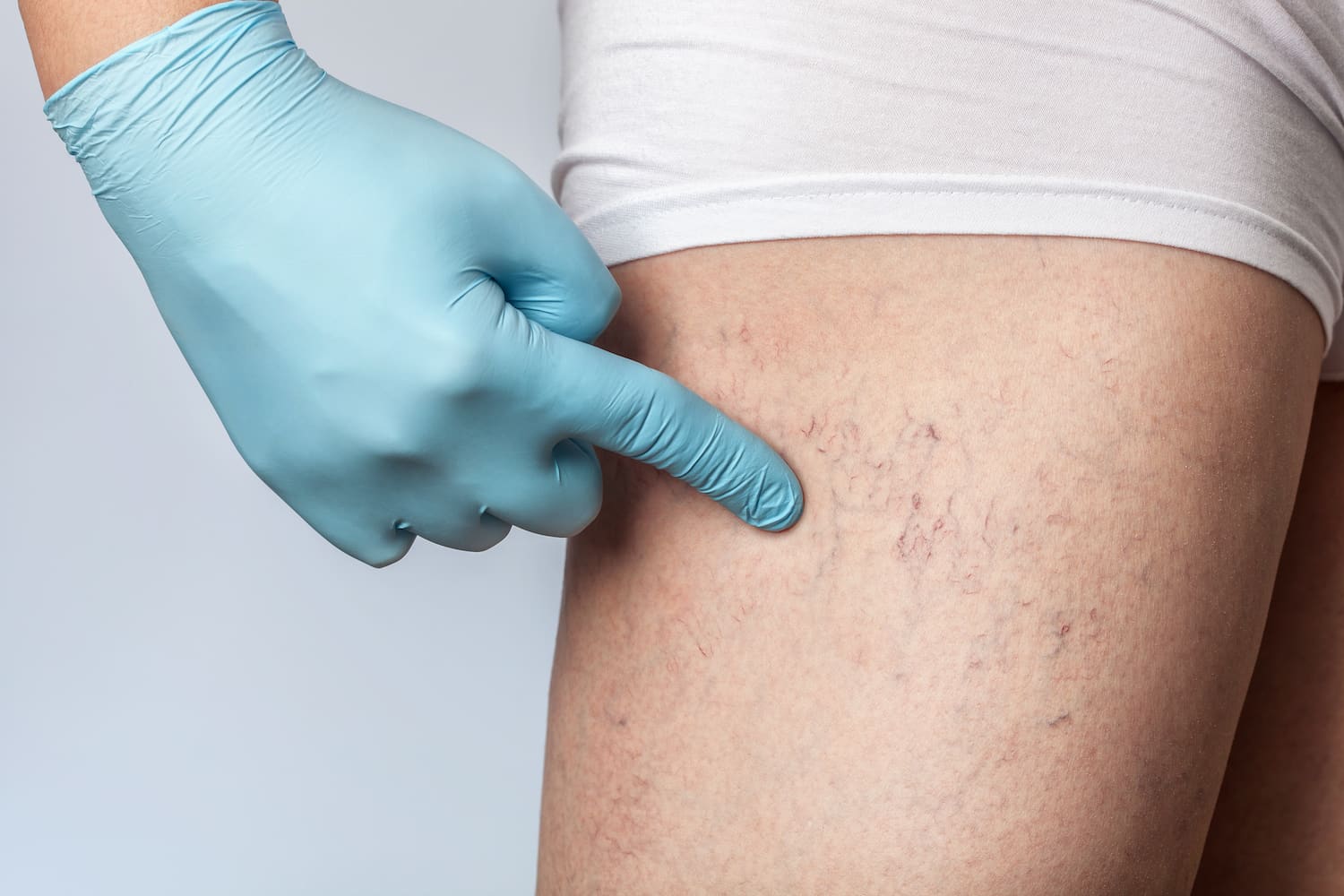
Chronic Venous Reflux Treatment in Turkey
Thanks to the developing technology and infrastructure, chronic venous insufficiency treatment in Turkey is very developed and offers many options to patients. Chronic venous insufficiency is a disease that occurs when valves within the leg veins are damaged allowing blood to leak backward and pool in these veins.
Your leg muscles normally act as a pump by squeezing the veins deep in your legs and pushing blood back toward your heart, and every step you take works the pump to push blood up against gravity. The process of sending blood back to the heart from the veins is referred to as the venous pump.
Deep veins and perforating veins are usually able to withstand short periods of increased pressure, sitting or standing for long periods of time, however, can cause the vein walls to stretch. Over time, this can cause a weakening in the walls of the veins and damage the vein valves, resulting in chronic venous insufficiency.
Turkey is at the forefront of new clinical trials for deep venous reconstruction and stenting, which help keep narrowed veins open. Vascular specialists at Healthy Türkiye provide minimally invasive treatments to eliminate damaged veins and improve blood flow in the legs.
Diagnosis for Chronic Venous Insufficiency Treatment in Turkey
To diagnose chronic venous insufficiency, your doctor asks about your health history to determine the extent of your symptoms. The doctor also performs a physical exam to look for swelling, skin changes, varicose veins, or ulcers on the leg. Your doctor can also recommend certain diagnostic imaging tests.
Duplex Ultrasound: A duplex ultrasound combines Doppler and conventional ultrasound to produce 2 dimensional, moving images of blood vessels in the legs. Your doctor can use this test to determine if the blood is flowing in the wrong direction and to look for evidence of deep vein thrombosis, a serious condition that can lead to life-threatening blood clots in the lungs.
Magnetic Resonance Venogram: A magnetic resonance venogram is a kind of MRI scan that uses radio waves to provide images of veins in the legs. It may detect blood flow and obstructions deep in the legs.
CT Venogram: A CT venogram uses a series of X-rays and computer software to detect blood flow and clots in the deep veins of the legs and contrast dye is injected into a vein to highlight blood flow on a computer screen. This test can take 45-60 minutes.
Venogram: A venogram uses X-rays and a contrast dye to create pictures of leg veins. It allows the doctor to check for blood clots or pooling, which can occur when valves in the veins stop working properly.
Many people with chronic venous insufficiency also have peripheral artery disease (PAD). So, your doctor may ask questions or run tests to check you for peripheral artery disease. If you have both chronic venous insufficiency and PAD, your doctor will advise you on treatment methods and precautions you need to take with compression therapy.
Stages of Chronic Venous Insufficiency
The Clinical-Etiology-Anatomy-Pathophysiology (CEAP) classification system categorizes chronic venous insufficiency symptoms. Doctors can use this classification scale to determine how severe your symptoms are and what kind of treatment you might need.
C0 Stage: Patients at this stage might have some symptoms, like heaviness or aching in the legs, but no visible symptoms of chronic venous insufficiency. And this is the least severe stage.
C1 Stage: Patients at this stage usually have thin visible veins that may resemble spider webs. Chronic venous insufficiency can be present if other symptoms such as pain, swelling or heaviness in the legs are present.
C2 Stage: Patients at this stage have visibly dilated leg veins and patients may have painful varicose veins.
C3 Stage: Patients at this stage often suffer from edema, or swelling, in the legs and feet. Increased vascular pressure causes fluid to seep from the vein into the surrounding leg tissue and legs, ankles, and feet can appear puffy or bloated.
C4 Stage: Patients at this stage usually have visibly discolored or inflamed skin. The legs and ankles may appear brownish and the skin may also have red splotches. Some regions of the legs can look scarred or rashy.
C5 Stage: Patients at this stage have signs of healed ulcers on their legs.
C6 Stage: Patients at this stage have active venous ulcers. Ulcers may be swollen or weeping and might become infected and this is the most severe stage.
If a patient begins to develop ulcers, it’s a sign that there’s not enough blood flowing to the legs, and when blood flow to the legs is limited, blood clots can form. Chronic venous insufficiency treatments may prevent these complications.
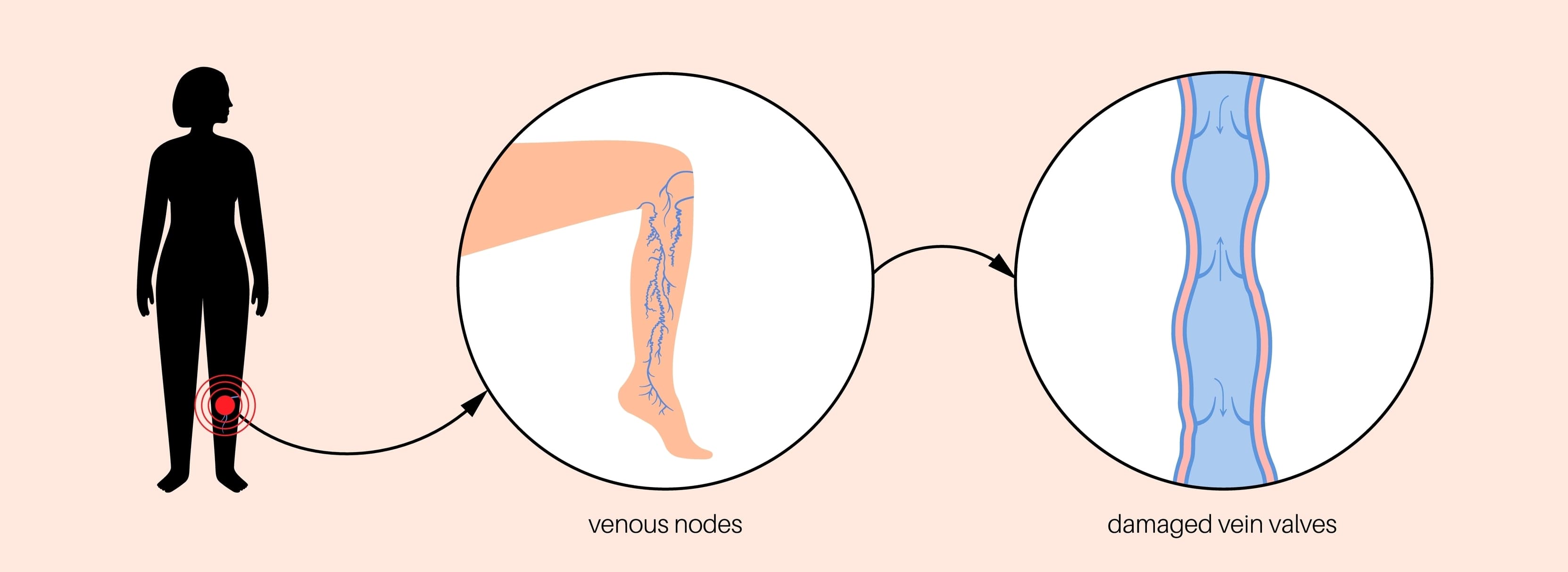
We Care About Your Health
Healthy Türkiye provides the best for your health and comfort. You will feel privileged with us.
7/24 Quality Personal Assistance Throughout Your Journey
Customizable for You All-Inclusive Packages
Get the Right Advice for your Health
Types of Chronic Venous Insufficiency Treatment in Turkey
Chronic venous sufficiency treatment involves lifestyle changes and compression therapy. If these measures aren’t enough, your doctor may recommend surgery. The best treatment for you depends on how far your condition has progressed and other medical conditions you have, your doctor will tailor treatment to your individual needs. The goals of treatment are to help your blood flow better in your veins, help ulcers heal and limit their chances of coming back, improve your skin’s appearance, and reduce pain and swelling.
Surgical Chronic Vein Insufficiency Treatment in Turkey
Serious cases of venous insufficiency require surgery. Your doctor can suggest one of the following surgery types:
Ligation and Stripping: These two operations are often performed together. For vein ligation, your doctor cuts and ties off the problem veins. Stripping is the surgical removal of larger veins through 2 small incisions.
Microincision/ Ambulatory Phlebectomy: This is a minimally invasive procedure and it targets varicose veins near your skin’s surface. Your doctor makes small incisions or needle punctures over your veins. Then, the doctor uses a phlebectomy hook to remove the problem veins.
Subfascial Endoscopic Perforator Surgery (SEPS): This is a minimally invasive procedure and it targets your perforating veins above your ankle. Your doctor uses a clip to block off damaged veins so blood doesn’t flow through them. This surgery helps ulcers heal and also helps prevent them from coming back.
Vein Bypass: This is similar to heart bypass surgery, just in a different area. Your doctor takes part of a healthy vein from somewhere else in your body and uses it to reroute blood around your damaged vein. Doctors only use this method in severe cases when no other treatment is effective.
Non-Surgical Chronic Vein Insufficiency Treatment in Turkey
If you’re diagnosed with chronic venous insufficiency, the doctors can manage your symptoms using minimally invasive procedures. The aim is to minimize pain and disability and help you lead an active life. There are many different kinds of non-surgical procedures for chronic venous insufficiency. Your doctor makes his or her recommendation based on your individual diagnosis and health condition.
Sclerotherapy: In this treatment, a liquid or foam solution is injected into the affected vein. This irritates the vein, causing it to swell shut the body reabsorbs the vein, and blood is naturally rerouted to healthy veins. Usually, you can resume your regular activities afterward. You can need several sclerotherapy sessions to achieve the best results.
Endovenous Thermal Ablation: This technique targets large veins, it uses a laser or high-frequency radio waves to create intense heat. This heat closes up the diseased vein but leaves it in place so there’s minimal bleeding and bruising.
After any of these procedures, your doctor can recommend that you wear compression stockings or bandages to promote healing and help prevent blood clots.
Chronic Venous Insufficiency Prevention
If you are at a high risk of getting chronic venous insufficiency (obese, smoker, over 50 years old), you should take some of the following precautions to avoid chronic venous insufficiency:
Stop smoking
Lose weight
Eat healthily
Get routine exercise
Don’t sit or stand for extended periods
Adjust your space to alleviate any pressure on your legs
Use shoes with extra support
None of these things will guarantee that you won’t get chronic venous insufficiency, but they all contribute to a healthy lifestyle with low blood pressure, which reduces your risk of venous insufficiency.
Chronic Venous Insufficiency Progression
The first signs of chronic venous insufficiency include spider and varicose veins. After that, the disease causes excessive swelling in the calf and ankle area, often provoking discoloration near the feet. If left untreated, the skin can begin to change to look and feel like leather. The final stage is the formation of open ulcers on your skin which are hard to treat. So, it is best to talk to a doctor as soon as you see any spider or varicose veins to start handling the pressure before it becomes worse.
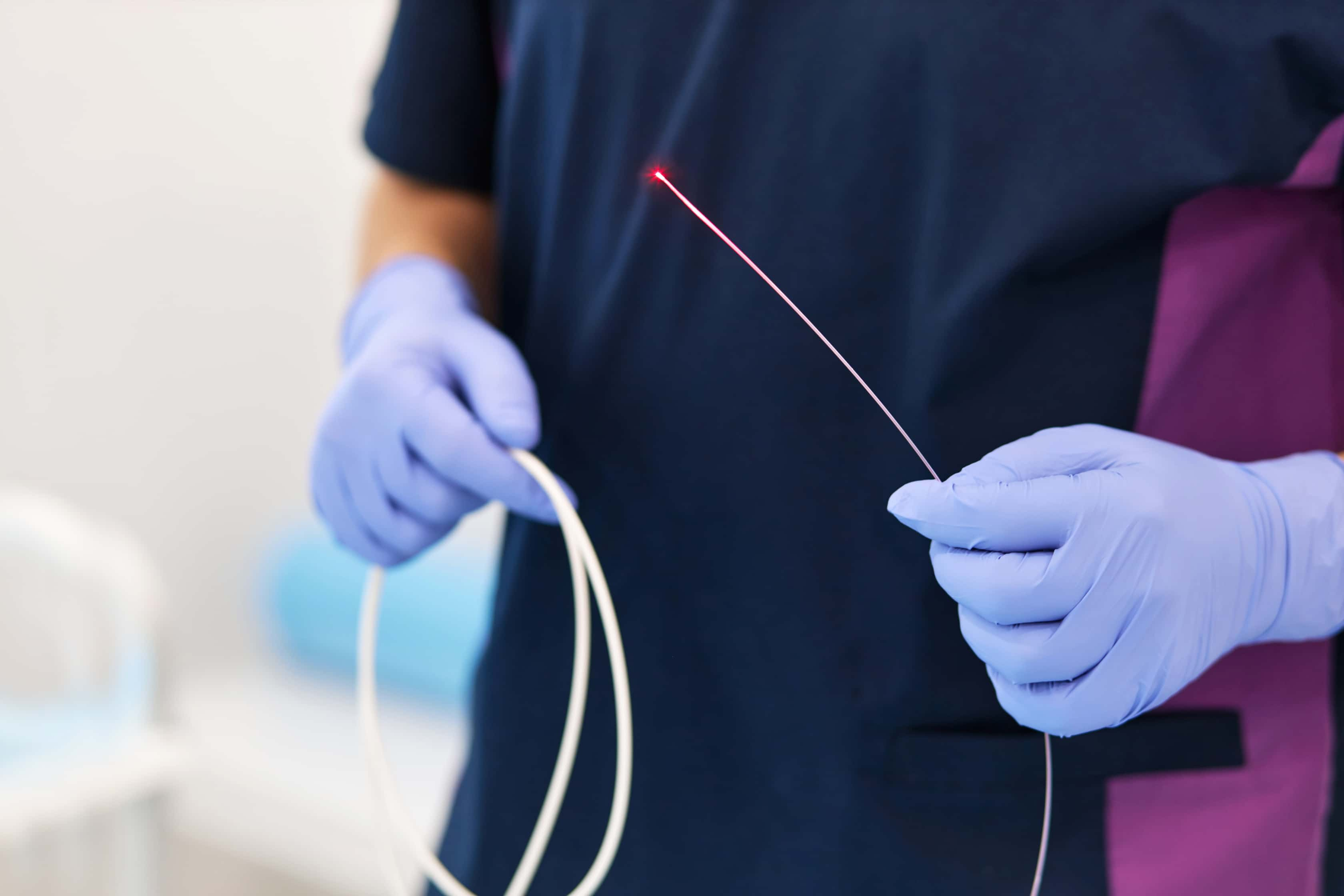
2025 Cost of Chronic Venous Insufficiency Treatment in Turkey
All types of medical attention like chronic venous insufficiency treatment are very affordable in Turkey. Many factors are also included in determining the cost of chronic venous insufficiency treatment in Turkey. Your process with Healthy Türkiye will last from the time you decide to have a chronic venous insufficiency treatment in Turkey until the time you are fully recovered even if you are back home. The exact chronic venous insufficiency treatment procedure cost in Turkey depends on the type of operation involved.
The cost of chronic venous insufficiency treatment in Turkey does not demonstrate many variations in 2025. Compared to costs in developed countries like the United States or the UK, chronic venous insufficiency treatment costs in Turkey are relatively low. So, it’s no wonder patients from across the world visit Turkey for chronic venous insufficiency treatment procedures. However, the price is not the only factor affecting choices. We suggest looking for hospitals that are safe and have chronic venous insufficiency treatment reviews on Google. When people decide to seek medical help for chronic venous insufficiency treatment, they will not only have had low-cost procedures in Turkey, but also the safest and best treatment.
At clinics or hospitals contracted with Healthy Türkiye, patients will receive the best chronic venous insufficiency treatment from specialist doctors in Turkey at affordable rates. Healthy Türkiye teams to provide medical attention to chronic venous insufficiency treatment procedures and high-quality treatment to patients at a minimum cost. When you contact Healthy Türkiye assistants, you can get free information about the cost of chronic venous insufficiency treatment in Turkey and what this cost covers.
The cost of a chronic venous insufficiency treatment in the UK is between £3.000-£5.000.
The cost of a chronic venous insufficiency treatment in the USA is between $5.000-$10.000.
The cost of a chronic venous insufficiency treatment in Turkey is between $500-$1.000.
Price of Chronic Venous Insufficiency Treatment in the UK
Price of Chronic Venous Insufficiency Treatment in the USA
Price of Chronic Venous Insufficiency Treatment in Turkey
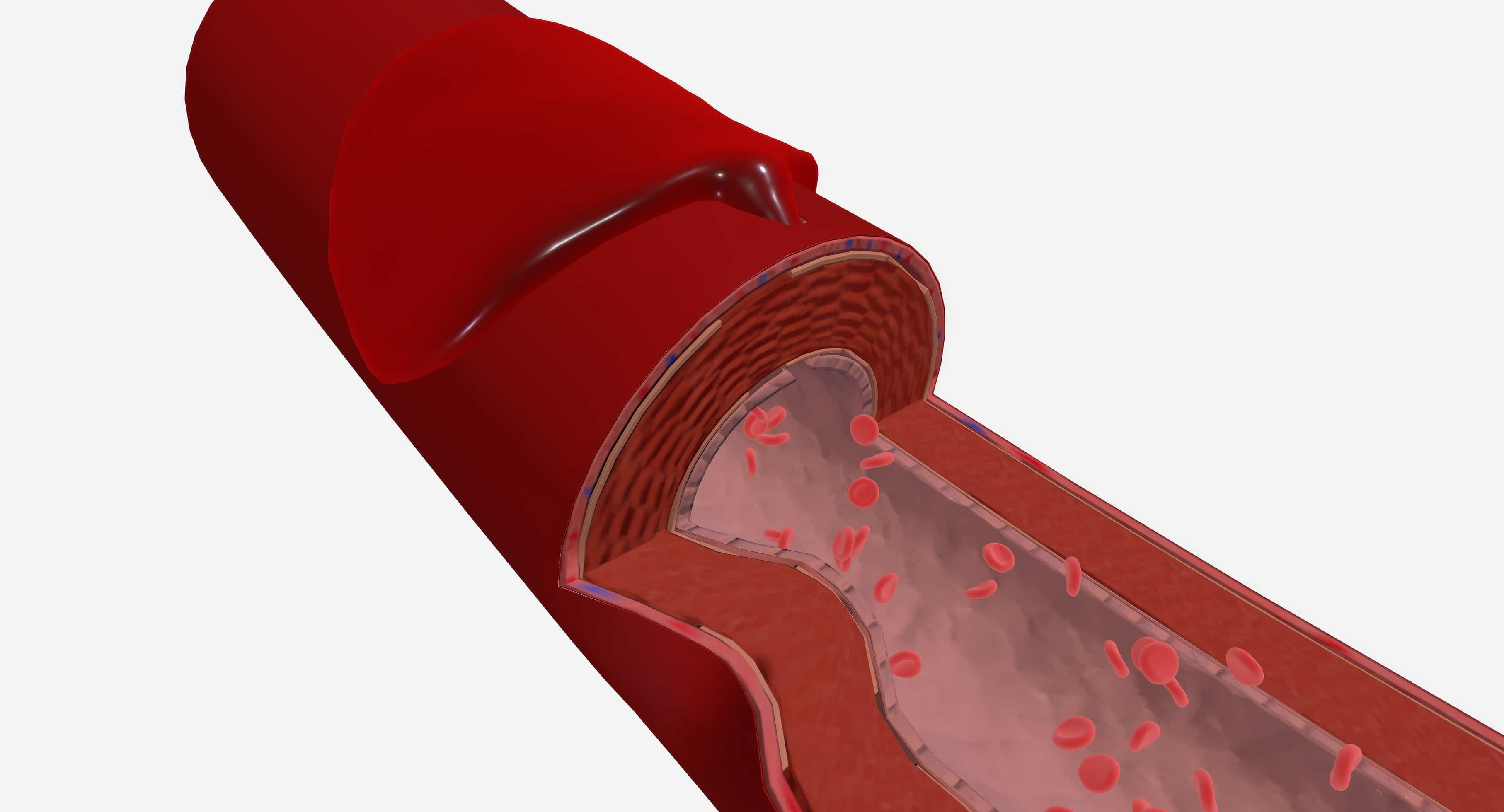
Why Choose Turkey for Chronic Venous Insufficiency Treatment?
Turkey is a common choice among international patients seeking advanced chronic venous insufficiency treatment. Turkey’s health procedures are safe and effective operations with a high success rate like chronic venous insufficiency treatment. The increasing demand for high-quality chronic venous insufficiency treatment at affordable prices has made Turkey a popular medical travel destination.
In Turkey, chronic venous insufficiency treatment is performed by highly experienced and trained doctors with the most advanced technology in the world. chronic venous insufficiency treatment is done in Istanbul, Ankara, Antalya, and other major cities. The reasons for choosing chronic venous insufficiency treatment in Turkey are as follows:
High-quality hospitals: Joint Commission International (JCI) accredited hospitals have dedicated chronic venous insufficiency treatment units that are specially designed for patients. International and national strict protocols provide effective and successful chronic venous insufficiency treatment for patients in Turkey.
Qualified experts: The expert teams include nurses and specialist doctors, together to carry out chronic venous insufficiency treatment according to the patient’s needs. All the included doctors are highly experienced in performing chronic venous insufficiency treatment.
Affordable price: The cost of chronic venous insufficiency treatment in Turkey is affordable compared to Europe, the USA, the UK, Singapore, Australia, etc.
The high success rate: Highly experienced specialists, the best available technology, and stringently followed safety guidelines for post-operative care of the patient, resulting in a high success rate for chronic venous insufficiency treatment in Turkey.
Is Chronic Venous Insufficiency Treatment Safe in Turkey?
Did you know Turkey is one of the most visited destinations for chronic venous insufficiency treatment in the world? It is ranked one of the most visited tourist destinations for chronic venous insufficiency treatment. Over the years it has also come to be a very popular medical tourism destination too with many tourists coming in for chronic venous insufficiency treatment. There are so many reasons why Turkey stands out as a leading destination for chronic venous insufficiency treatment. Because Turkey is both safe and easy to travel to too with a regional airport hub and flight connections to pretty much everywhere, it is preferred for chronic venous insufficiency treatment.
The best hospitals in Turkey have experienced medical staff and specialists who have performed thousands of medical services such as chronic venous insufficiency treatment. The Ministry of Health controls all procedures and coordination related to chronic venous insufficiency treatment in accordance with the law. Over many years, the greatest progress in medicine has been observed in the field of chronic venous insufficiency treatment. Turkey is known among foreign patients for its great opportunities in the area of chronic venous insufficiency treatment.
To emphasize, besides the price itself, the key factor in selecting a destination for chronic venous insufficiency treatment is certainly the standard of medical services, the hospital staff’s high expertise, hospitality, and the safety of the country.
All-Inclusive Package for Chronic Venous Insufficiency Treatment in Turkey
Healthy Türkiye offers all-inclusive packages for chronic venous insufficiency treatment in Turkey at much lower prices. Extremely professional and experienced doctors and technicians carry out high-quality chronic venous insufficiency treatment. The cost of chronic venous insufficiency treatment in European countries can be quite expensive, especially in the UK. Healthy Türkiye provides cheap all-inclusive packages for a long and short stay of chronic venous insufficiency treatment in Turkey. Because of many factors, we can provide you with many opportunities for your chronic venous insufficiency treatment in Turkey.
The price of chronic venous insufficiency treatment differs from other countries due to medical fees, staff labor prices, exchange rates, and market competition. You can save much more in chronic venous insufficiency treatment compared to other countries in Turkey. When you purchase a chronic venous insufficiency treatment all-inclusive package with Healthy Türkiye our healthcare team will present hotels for you to choose from. In chronic venous insufficiency treatment travel, you will have the price of your stay included in the all-inclusive package cost.
In Turkey, when you purchase chronic venous insufficiency treatment all-inclusive packages through Healthy Türkiye, you will always receive VIP transfers. These are provided by Healthy Türkiye, which is contracted with highly qualified hospitals for chronic venous insufficiency treatment in Turkey. Healthy Türkiye teams will organize everything about chronic venous insufficiency treatment for you and have you picked up from the airport and safely brought to your accommodation.
Once settled in the hotel, you will be transferred to and from the clinic or hospital for chronic venous insufficiency treatment. After your chronic venous insufficiency treatment has been successfully completed, the transfer team will return you to the airport in time for your flight home. In Turkey, all packages of chronic venous insufficiency treatment can be arranged upon request, which relaxes the minds of our patients. You can reach out Healthy Türkiye for everything you need to know about chronic venous insufficiency treatment in Turkey.
The Best Hospitals in Turkey for Chronic Venous Insufficiency Treatment
The best hospitals in Turkey for chronic venous insufficiency treatment are Healthy Türkiye, Memorial Hospital, Acıbadem International Hospital, and Medicalpark Hospital. These hospitals attract patients from all over the world seeking chronic venous insufficiency treatment due to their affordable prices and high success rates.
Best Doctors and Surgeons in Turkey for Chronic Venous Insufficiency Treatment
The best doctors and surgeons in Turkey for chronic venous insufficiency treatment are highly skilled professionals who offer specialized care and advanced procedures. With their expertise and state-of-the-art techniques, these specialists ensure that patients receive high-quality chronic venous insufficiency treatment and achieve optimal health results.

Frequently Asked Questions
The causes of chronic venous insufficiency include high blood pressure in the leg veins over time, due to sitting or standing for long periods, lack of exercise, and smoking.
Chronic venous insufficiency affects millions of patients, but the good news is that people with this condition can find relief from pain, avoid complications, and lead a normal life by making a lifestyle.
Walking is an excellent workout that helps improve circulation and reduce edema in the legs. If you have chronic venous insufficiency, the doctors recommend doing a 30-minute brisk walk every day.
Vitamin B. This family of vitamins is among the most important to strengthen your blood vessels and therefore, prevent vein issues or at least keep them at bay if they’re already surfaced. For those who have a history of vein issues and blood clots in their family, vitamins B6, B12 are particularly important.
You should avoid eating fatty and salty foods.
Actually, exercise is a surprisingly effective treatment for venous insufficiency. Exercising gets your heart pumping, and the extra pumping force of your heart can push the blood up and out of your lower legs.
The incidence and severity of both deep vein thrombosis and chronic venous insufficiency are increased with age.
Massage therapies such as vascular and lymphatic drainage massages that aim to increase circulation and improve tissue nutrition can beneficial to patients with varicose veins and chronic venous insufficiency. The massage technique used to improve circulation involves short strokes to move blood from the valves to the veins
Left untreated, these damaged veins can cause serious complications, like ulcers, bleeding, and a potentially fatal condition called deep vein thrombosis. If the blood pools in the legs long enough, the cells may begin to clump together, forming a blood clot.
